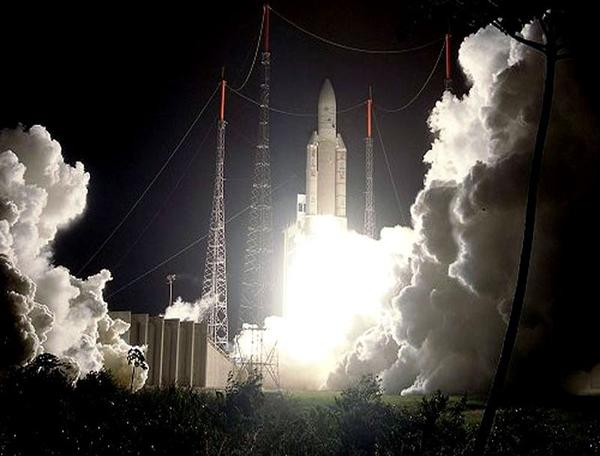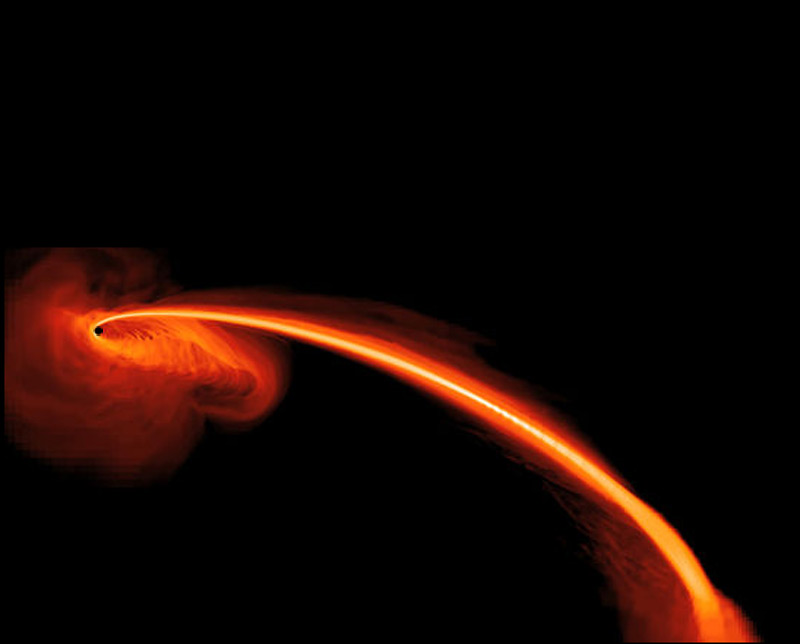
Image description: Earth has a mass of 5.97224 kg and a radius of 6371 km, its minimum escape velocity is 11.186 km/s or 40,270 km/h. The minimum escape velocity is also called the second cosmic velocity, which corresponds to the escape velocity of a body permanently leaving Earth. The first cosmic velocity is the minimum orbital velocity (7.9 km/s) to bring a craft into low orbit (<2000 km). The third cosmic velocity is the escape velocity to bring a craft outside the solar system (42.1 km/s) from Earth's orbit.
Gravitas (depth of personality) was one of the Roman virtues, along with Pietas (duty, devotion), Dignitas (charisma, self-esteem), and Virtus (moral excellence); the opposite of virtue is vice.
In astronomy, gravity is a term dating back to the Middle Ages and used by Isaac Newton (1643-1727) to speak of the terrestrial attraction exerted on any mass in its vicinity. It is the force of the gravitational field that keeps us on the surface of the Earth. In reality, it makes us constantly fall towards the center of the Earth, but we are held back by the solid surface of our planet.
Gravitation acts at very great distances in all directions, on all objects endowed with mass; in other words, it is an invisible and universal attractive force of matter directly linked to its mass. Gravitation is non-shieldable, meaning it cannot be escaped. This concept is fundamental in astronomy, as it explains all the trajectories of spatial orbits.
The escape velocity allows a body to permanently escape the gravitational attraction of another body; this velocity depends on the mass and radius of the celestial body.
On a very small body like Deimos (Mars' moon) with dimensions of ≈8×6×5 km, it would be enough to run at 20 km/h (5.556 m/s) to leave the ground and escape Deimos permanently. But for Earth, which has a mass of 5.972E24 kg and a radius of 6371 km, this escape velocity is more difficult to achieve; it is 11.186 km/s or 40,270 km/h. On a celestial body more massive than Earth, the escape velocity will be even more difficult to achieve. This is the case with the Sun, which is 333,000 times more massive and 109 times larger than Earth. The escape velocity of the Sun is approximately 617 km/s.
| Bodies | Mass (Earth) | Mean Radius | Escape velocity |
| Mercury | 0.055 | 2 440 km | 4.25 km/s |
| Venus | 0.815 | 6 052 km | 10.36 km/s |
| Earth | 1 | 6 371 km | 11.18 km/s |
| Moon | 0.0123 | 1 737 km | 2.38 km/s |
| Mars | 0.107 | 3 389 km | 5.02 km/s |
| Ceres | 0.00015 | 476 km | 1.85 km/s |
| Jupiter | 317.8 | 69 911 km | 59.5 km/s |
| Saturn | 95.15 | 58 232 km | 35.5 km/s |
| Uranus | 14.53 | 25 362 km | 21.3 km/s |
| Neptune | 17.14 | 24 622 km | 23.5 km/s |
| Sun | 333 000 | 696 342 km | 617.7 km/s |
| Sirius B | 335 000 | 5 850 km | 5 200 km/s |
| Neutron star | 1 000 000 | 10 km | 200 000 km/s |

Image description: Envisioned as early as the 18th century, the theory supporting the existence of black holes states that they are objects so dense that their escape velocity exceeds the speed of light. Since light cannot overcome their surface gravitational force and remains trapped, they have naturally been named "black holes." The theory also precisely defines the intensity of a black hole's gravitational field. It is such that no particle crossing its horizon (theoretical boundary) can escape. Image credit: V. Beckmann (NASA's GSFC) and others, ESA.
A large part of the stars in the Galaxy have an escape velocity of a few hundred km/s. To measure much higher escape velocities, one must observe white dwarfs, as a white dwarf with 1 solar mass has a radius on the order of that of Earth. Thus, an object close to its surface will have great difficulty escaping; the escape velocity at the surface of white dwarfs is a few thousand km/s.
N.B.:
White dwarfs are remnants of extinct stars. They are the penultimate phase in the evolution of stars with a mass between 0.3 and 1.4 times that of the Sun. The density of a white dwarf is very high. A white dwarf with 1 solar mass has a radius on the order of that of Earth. The diameter of the white dwarf does not depend on its temperature but on its mass; the higher its mass, the smaller its diameter. However, there is a value above which a white dwarf cannot exist; this is the Chandrasekhar limit. Beyond this mass, the pressure due to electrons is insufficient to compensate for gravity, and the star continues its contraction until it becomes a neutron star.
In neutron stars, the escape velocities are even higher. Indeed, neutron stars are very small and very dense. They concentrate the mass of a star like the Sun within a radius of about 10 km. Since the radius is very small, the gravitational field at the surface is even higher, and it is even more difficult to escape. The escape velocity can reach 200,000 km/s, or 66% of the speed of light.
N.B.:
Neutron stars are very small but very dense objects. They concentrate the mass of a star like the Sun within a radius of about 10 km. They are the remnants of very massive stars of more than ten solar masses. When a massive star reaches the end of its existence, it collapses on itself, producing an impressive explosion called a supernova. This explosion disperses enormous quantities of matter into space but spares the dense core of the star. This core contracts further and transforms largely into a gigantic neutron nucleus.
It is with black holes that we reach the limit of escape velocity, which is the speed of light. Black holes are massive objects whose gravitational field is so intense that it prevents any form of matter or radiation from escaping. The theory of black holes states that they are objects so dense that their escape velocity exceeds the speed of light (300,000 km/s).